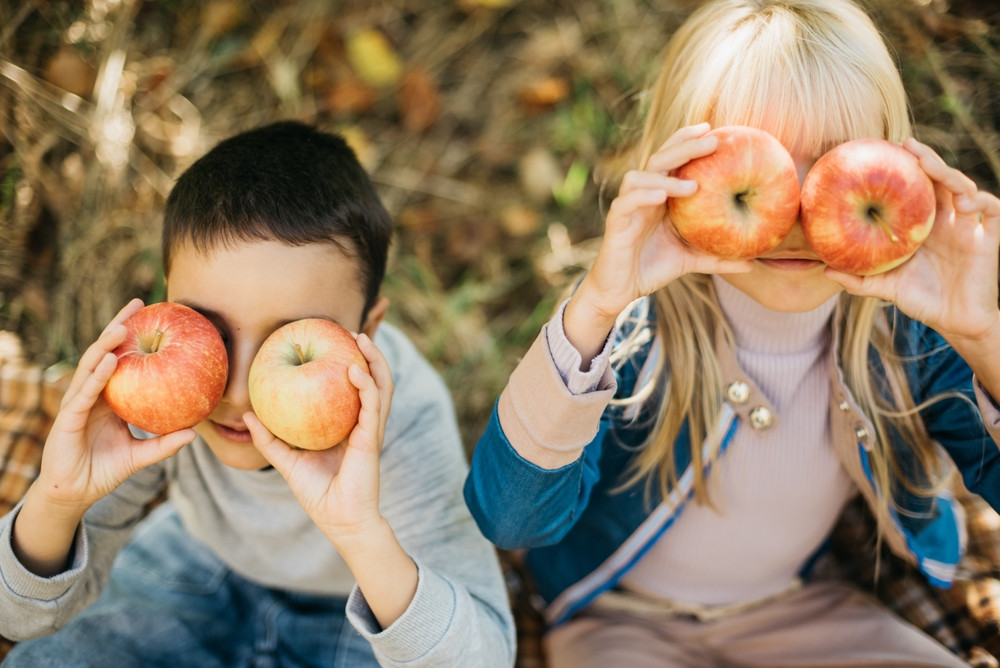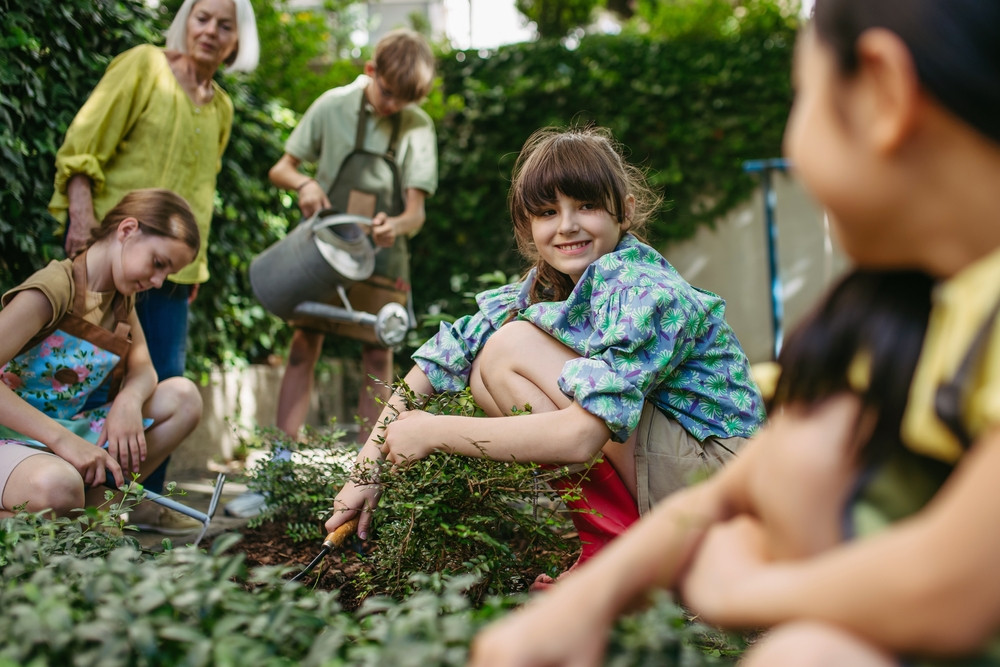Top 4 Back-to-School Garden Ideas for Busy Teachers

September marks a new school year, but it's also a crucial time in the garden. For busy teachers, a school garden can feel like an extra burden, but with a little planning, it can become a low-maintenance, high-reward learning tool. Here are four garden ideas to help you and your students transition smoothly into the new academic year while keeping your green space thriving.
1. Plant Cool-Season Crops
While summer vegetables like tomatoes and cucumbers are winding down, September is the perfect time to plant cool-season crops. These plants thrive in the cooler temperatures and shorter daylight hours of autumn. They are also relatively easy to maintain, making them ideal for a busy school schedule.
- Leafy Greens: Lettuce, spinach, kale, and Swiss chard are excellent choices. They grow quickly and can be harvested multiple times throughout the fall.
- Root Vegetables: Radishes, carrots, and beets are fun for students to plant and dig up. They offer a great hands-on lesson about what happens underground.
- Garlic: Plant garlic cloves in the fall for a harvest next summer. This is a great long-term project that teaches students about patience and seasonal cycles.
2. Focus on Harvesting and Seed Saving
September is a month of abundance, so take advantage of the remaining summer crops. Involve students in harvesting the last of the tomatoes, peppers, and beans. This is a great opportunity to teach them about where their food comes from and the importance of not letting produce go to waste.

Another rewarding activity is seed saving. Collect seeds from mature plants like sunflowers, beans, and calendula. This ancient practice is a fantastic way to teach students about plant life cycles and sustainability. You can store the seeds in labeled jars to use for planting next spring, or even create a seed library for the school community.
3. Prepare for the Harvest Festival
A harvest festival is a wonderful way to celebrate the bounty of the season and engage the entire school community. Your school garden can be the centerpiece of this event.
- Decorations: Use seasonal items from the garden, such as pumpkins, gourds, and dried corn stalks, to create festive decorations.
- Harvest Feast: Organize a communal meal where students and families can share dishes made with produce from the garden or other seasonal ingredients. This promotes a sense of community and gratitude.
- Donations: Encourage students to bring in non-perishable food items to donate to a local food bank. This teaches the importance of sharing with those in need, a core theme of the harvest festival.

4. Involve the Community
You don't have to manage the garden alone. Involve parents, grandparents, and other community members. Send out a letter asking for volunteers to help with watering, weeding, or even leading a garden club. This not only takes the pressure off you but also strengthens the school's connection to the wider community.


